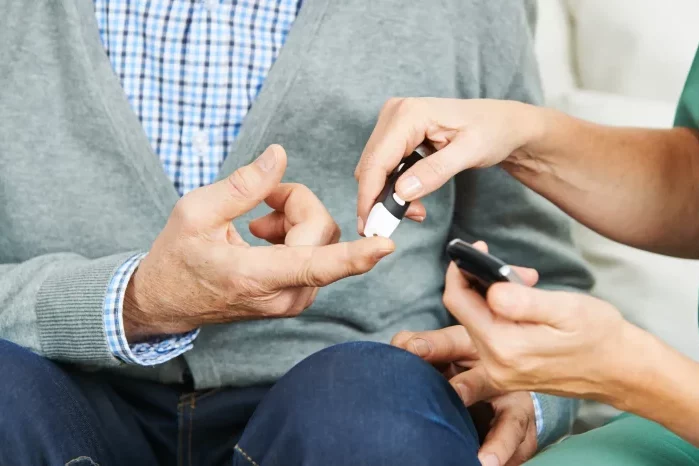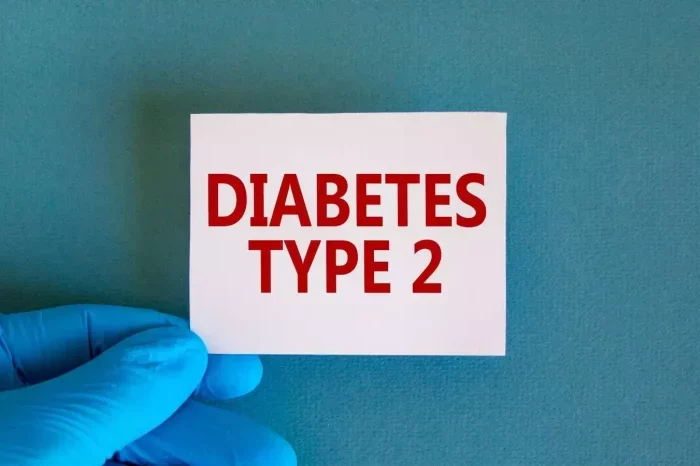Living with diabetes requires vigilant monitoring of blood sugar levels to maintain optimal health. Traditional methods involve the use of glucose meters, but what if you find yourself without one? Whether due to equipment malfunction, lack of access, or unforeseen circumstances, there are alternative methods to check blood sugar levels at home. While these methods may not be as precise as a glucose meter, they can still provide valuable insights into your glucose levels and help guide your management plan. In this article, we explore various techniques for monitoring blood sugar levels without a meter, their accuracy, and their practical applications.
Understanding Blood Sugar Levels
Before delving into alternative monitoring methods, it’s crucial to understand what blood sugar levels signify and why monitoring them is essential for individuals with diabetes. Blood sugar, or glucose, is the primary source of energy for the body’s cells and organs. However, when levels become too high (hyperglycemia) or too low (hypoglycemia), it can lead to serious health complications.
For individuals with diabetes, maintaining blood sugar within a target range is crucial for preventing complications such as cardiovascular disease, nerve damage, kidney problems, and vision impairment. Regular monitoring helps individuals make informed decisions about medication, diet, and lifestyle adjustments to keep their blood sugar levels in check.
Alternative Methods for Monitoring Blood Sugar
- Urinalysis: While not as precise as blood glucose meters, urinalysis can provide some indication of blood sugar levels. When blood sugar levels exceed the kidney’s threshold, excess glucose is excreted in the urine. Using urine test strips, individuals can detect the presence of glucose in their urine.
- Symptom Recognition: Monitoring symptoms associated with high or low blood sugar levels can offer clues about your current glucose status. Symptoms of hyperglycemia include excessive thirst, frequent urination, fatigue, and blurred vision, while hypoglycemia may manifest as sweating, shakiness, dizziness, and confusion.
- Observation of Physical Signs: Certain physical signs may indicate fluctuations in blood sugar levels. These include skin changes such as dryness or flushing, rapid breathing, fruity breath odor (a sign of ketoacidosis), and changes in mental status. Observing these signs can prompt further evaluation and intervention.
- Meal Planning and Carbohydrate Counting: Keeping track of carbohydrate intake and its impact on blood sugar levels is another effective monitoring method. By adhering to a consistent meal plan and monitoring how different foods affect blood sugar, individuals can make informed choices to regulate glucose levels.
- Continuous Glucose Monitoring (CGM) Systems: While traditional CGM systems require specialized equipment, some smartphone applications leverage optical sensors to estimate blood sugar levels non-invasively. These apps use algorithms to analyze data from the phone’s camera, such as fingertip scans or photographs of food, to provide glucose estimates.
Accuracy and Limitations of Alternative Methods
It’s important to acknowledge that alternative monitoring methods have limitations and may not provide the same level of accuracy as glucose meters. Urinalysis, for example, only detects glucose excreted in urine, which may not accurately reflect current blood sugar levels. Additionally, relying solely on symptoms or physical signs may overlook subtle changes in glucose levels, leading to delayed intervention or inappropriate management.
Meal planning and carbohydrate counting offer valuable insights into the impact of dietary choices on blood sugar levels but require careful attention and consistency. Moreover, while smartphone apps for non-invasive glucose monitoring show promise, their accuracy and reliability may vary, and they should not replace traditional glucose meters for clinical decision-making.
Best Practices for Alternative Monitoring
While alternative monitoring methods can complement traditional glucose monitoring, they should be used judiciously and in conjunction with regular medical care. Here are some best practices to consider:
- Education and Training: Ensure that you understand how to perform alternative monitoring methods accurately. Consult with your healthcare provider or a certified diabetes educator for guidance on proper technique and interpretation of results.
- Regular Monitoring: Establish a routine for monitoring blood sugar levels using alternative methods and document your findings. Consistency is key to detecting patterns and trends in glucose levels over time.
- Integration with Traditional Monitoring: Use alternative methods as adjuncts to traditional glucose monitoring rather than replacements. Continue to utilize glucose meters for accurate measurements, especially when making treatment decisions.
- Communication with Healthcare Team: Share your alternative monitoring data with your healthcare provider during regular check-ups or as needed. This information can help guide adjustments to your diabetes management plan and identify potential issues early on.
- Emergency Preparedness: In situations where access to glucose meters or alternative monitoring methods is limited, have a backup plan in place. Keep emergency supplies such as glucose tablets or gel, glucagon kits (for severe hypoglycemia), and contact information for healthcare providers readily available.
Conclusion
While glucose meters remain the gold standard for monitoring blood sugar levels in individuals with diabetes, alternative methods can offer valuable insights when meters are unavailable or impractical to use. From urinalysis and symptom recognition to smartphone apps and continuous glucose monitoring, various techniques allow individuals to assess their glucose status and make informed decisions about their health.
However, it’s essential to recognize the limitations of alternative monitoring methods and use them judiciously in conjunction with regular medical care. By integrating these methods into your diabetes management plan and maintaining open communication with your healthcare team, you can effectively monitor and manage your blood sugar levels to support optimal health and well-being.
Related topics:
Normal Glycated Hemoglobin Levels in Diabetes Management
























